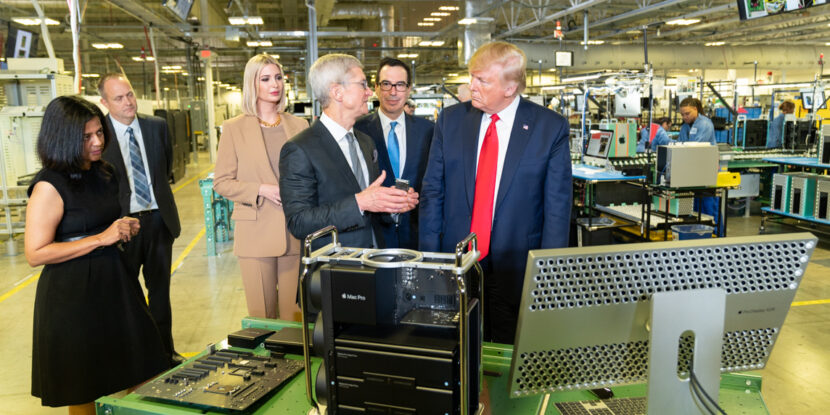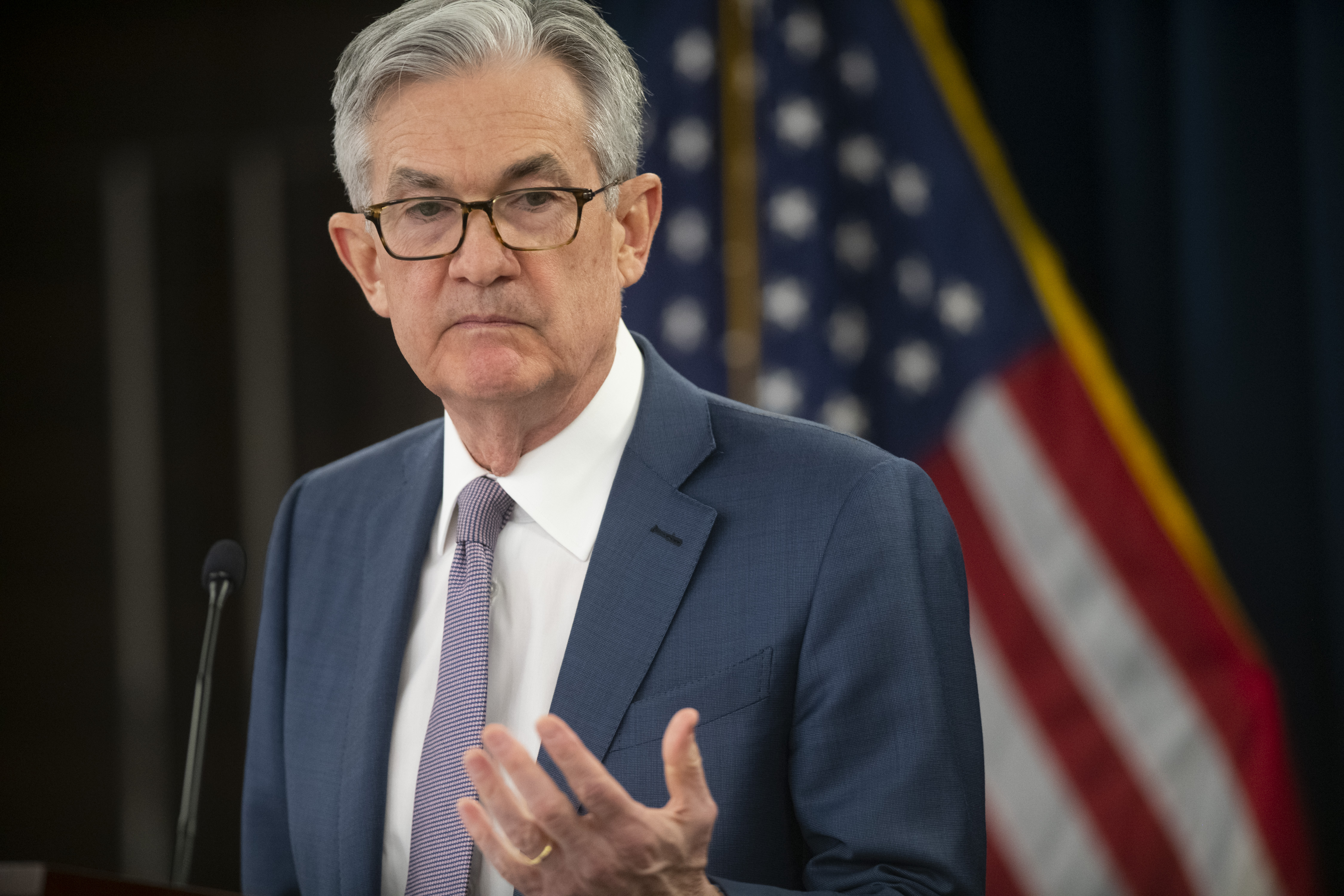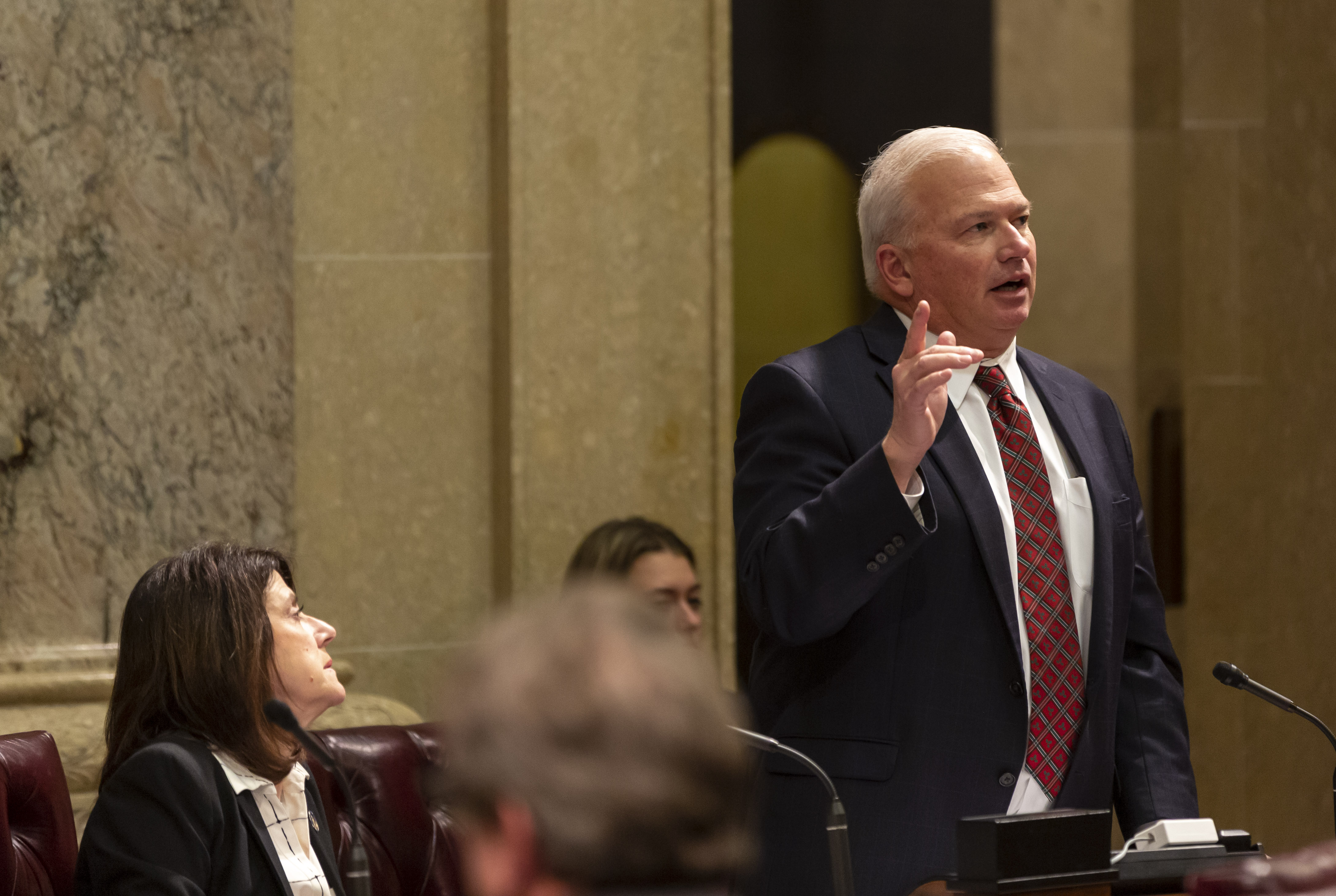
PULSE POINTS:
❓What Happened: President Donald J. Trump announced plans for a 25 percent tariff on iPhones manufactured outside the U.S.
👥 Who’s Involved: President Trump, Apple, Apple CEO Tim Cook.
Your free, daily feed from The National Pulse.
📍 Where & When: U.S., Truth Social posts on Friday; Apple stock fell premarket Friday.
💬 Key Quote: “I have long ago informed Tim Cook of Apple that I expect their iPhones that will be sold in the United States of America will be manufactured and built in the United States, not India, or anyplace else.” – President Trump.
⚠️ Impact: Apple shares fell over three percent premarket.
IN FULL:
Apple stock dropped sharply in premarket trading Friday after President Donald J. Trump announced plans to impose a 25 percent tariff on iPhones not manufactured in the United States. Trump disclosed his intentions via a Truth Social post, emphasizing he had warned Apple CEO Tim Cook that he would have to reshore production to the U.S. some time ago.
“I have long ago informed Tim Cook of Apple that I expect their iPhones that will be sold in the United States of America will be manufactured and built in the United States, not India, or anyplace else,” Trump stated. “If that is not the case, a Tariff of at least 25% must be paid by Apple to the U.S.”
President Trump previously exempted smartphones, laptops, and other common electronics primarily made abroad from tariffs. Still, he warned this relief would be temporary and that he expects multinationals to begin moving their production to the U.S. if they wish to have unfettered access to the U.S. market. Some major businesses, such as Nvidia, are answering the call, but the America First leader evidently believes Apple needs further encouragement.
The announcement caused Apple shares to fall 3.6 percent before the market opened. Broader financial markets also reacted, with S&P futures declining 1.5 percent and European markets experiencing a dip—although this is largely because the President also threatened the European Union with a 50 percent tariff starting June 1, due to its “powerful Trade Barriers, Vat Taxes, ridiculous Corporate Penalties, Non-Monetary Trade Barriers, Monetary Manipulations, unfair and unjustified lawsuits against Americans Companies” disadvantaging American exporters.
Apple has been working to reduce its reliance on China for manufacturing, but has faced challenges in diversifying production to other countries, including India, Malaysia, Vietnam, Thailand, and Ireland. Analysts estimate nearly half of Apple’s revenue remains tied to China. The tech giant faced a significant market setback in April when Trump’s “Liberation Day” tariffs triggered a $300 billion sell-off.

PULSE POINTS:
❓What Happened: Bitcoin surged past $110,000 for the first time, reaching a new all-time high.
👥 Who’s Involved: Traders, institutional investors like MicroStrategy, and market analysts such as Joshua Lim and Tony Sycamore.
Your free, daily feed from The National Pulse.
📍 Where & When: Early Asian trading on Thursday; Bitcoin is currently trading just under $111,000.
💬 Key Quote: Joshua Lim, global co-head of markets at FalconX Ltd., stated, “It has been a slow-motion grind into new all-time highs. There’s no shortage of demand for BTC from SPAC and PIPE deals…”
⚠️ Impact: The milestone reflects growing optimism in cryptocurrency markets, driven by regulatory developments, institutional demand, and bullish options activity.
IN FULL:
Bitcoin has reached a historic milestone, surpassing $110,000 per coin during early Asian trading on Thursday. The cryptocurrency, now trading just below $111,000, has gained 2.95 percent over the past 24 hours, fueled by growing optimism among traders and investors.
The surge comes amid increased anticipation for regulatory clarity in the cryptocurrency sector, spurred by progress on a stablecoin bill in the U.S. Senate. Market participants view the potential legislation as a step toward legitimizing and stabilizing the digital asset industry. However, some market analysis points to high levels of volatility in international bond markets as driving the flight of investors into Bitcoin.
Notably, a failed Japanese government bond auction earlier this week sent the country’s bond yields to near all-time highs. The ripple effect has dampened confidence in U.S. Treasury bonds as well, leading to a subpar 20-year auction on Wednesday, resulting in a sell-off and increasing yields. This has also made Bitcoin more attractive.
Bitcoin surged in December after President Donald J. Trump expressed an interest in creating a crypto reserve for the United States. This was later achieved in March when President Trump established a reserve of around 200,000 bitcoin, most of which had been seized by federal agencies in criminal proceedings.
Institutional demand has played a significant role in Bitcoin‘s latest rally. MicroStrategy, led by Michael Saylor, has amassed over $50 billion worth of Bitcoin, while other entities, including smaller companies and newly formed firms by crypto leaders, are financing acquisitions through methods such as convertible bonds and preferred stocks.
Joshua Lim, global co-head of markets at FalconX Ltd., highlighted the steady upward trend, commenting, “It has been a slow motion grind into new all-time highs. There’s no shortage of demand for BTC from SPAC and PIPE deals, which is manifesting in the premium on Coinbase spot prices.”
Options markets also reflect the bullish sentiment, with traders taking positions in Bitcoin calls expiring on June 27. Strike prices of $110,000, $120,000, and even $300,000 have seen significant open interest on the Deribit derivatives exchange.
Market analyst Tony Sycamore of IG noted that this new record high indicates Bitcoin’s earlier drop from January’s peak to below $75,000 in April was merely a correction within a broader bull market. “A sustained break above $110,000 is needed to trigger the next leg higher towards $125,000,” Sycamore added.
show less

 1 month ago
2
1 month ago
2








 English (US) ·
English (US) ·